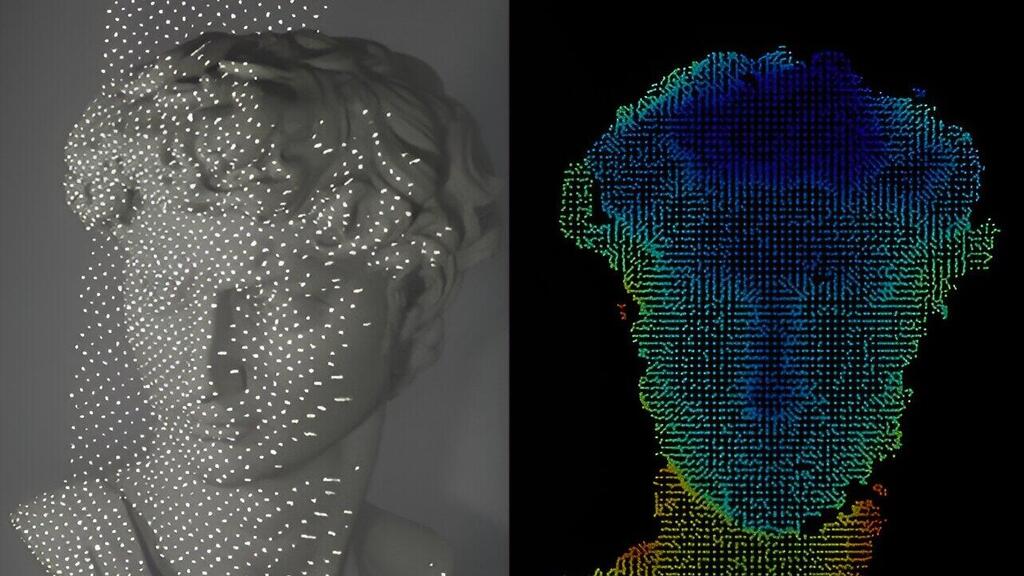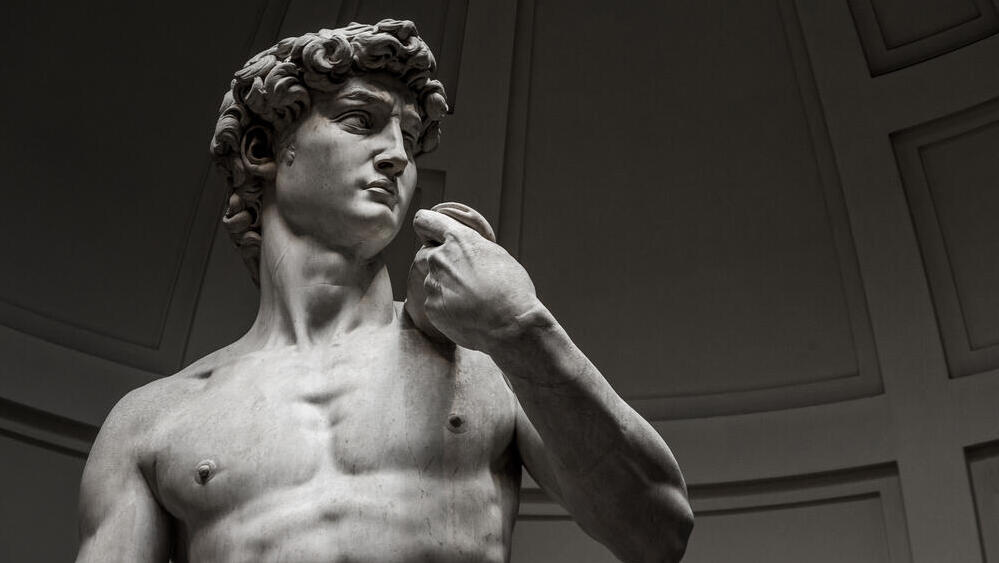Facial recognition technology has made significant strides in recent years, and a breakthrough has now been achieved with an advanced system testing on one of the world's most famous sculptures - Michelangelo's David.
Read more:
Facial recognition technology has become increasingly crucial in various fields, whether for personal use, security purposes, law enforcement or even marketing. It allows for the identification and verification of individuals based on unique facial features, providing a more secure and efficient method of authentication.
In a study published in the journal Nano Letters, researchers utilized a three-dimensional surface imaging system, which successfully identified the face of the iconic marble sculpture David, created by Michelangelo in 1504. The statue, depicting David facing Goliath with a sling in his hand, proved to be ideal for testing the accuracy of facial recognition technology due to its intricate structure.
The three-dimensional surface imaging is a commonly used tool for facial recognition in smartphones, computer vision and autonomous driving. These systems typically consist of a projector containing a laser, lenses, a light modulator and a diffractive optical element (DOE), a specialized lens that disperses the laser beam into an array of about 32,000 infrared dots. When a person looks at a locked screen, the facial recognition system projects a pattern over most of their face, and the device's camera reads the pattern to confirm identity.
This facial recognition technology was tested by Taiwanese researchers who captured high-resolution images of David's face from various angles. These images were processed using advanced algorithms to create a digital model of the facial features of the sculpture.
The new facial recognition technology demonstrated improved accuracy and efficiency compared to previous systems, successfully identifying and matching facial features at a high level of precision, even under challenging lighting conditions or when the statue was viewed from different angles.
However, point projectors are relatively large compared to small devices like smartphones. Therefore, researchers aimed to develop a more compact facial recognition system that is almost flat and requires less energy to operate. To achieve this, they replaced a traditional low-power laser point projector with a flat gallium arsenide (a semi-conductive material) surface and significantly reduced the size of the imaging device and its power consumption. They etched the upper part of this thin metallic surface, creating a metasurface that scatters light as it passes through the material.
In this innovative approach, the low-power laser light scatters into 45,700 infrared points that are projected onto an object or a face positioned in front of the light source. Similar to a point projector system, the new system integrates a camera to read the patterns created by the infrared points.
In tests conducted at Tel Aviv University, the system accurately identified a three-dimensional replica of Michelangelo's David by comparing the patterns of infrared points to online images of the famous sculpture. It's worth noting that this was achieved with 5 to 10 times lower power consumption and on a platform with a surface area 230 times smaller than a regular point projector system.



